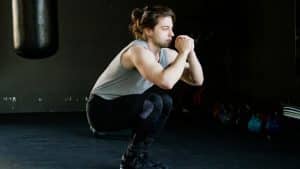You want to break the records. You want to lift the biggest weights and run the fastest times. You set out on your exercise journey with the loftiest of goals. Then you get there, and you realize you actually have to start small and slow. How, exactly, do you traverse that massive distance between beginner and expert? Well, a big part of it is repetition.
When you were in school, you probably spent some time reciting poetry, times tables or scientific formulas. It’s a simple, basic route to learning for some people. The thing about repetition is that you’re not actually doing the same thing every time. Each repetition is a chance for improvement. You get better with practice.
That’s true in exercise as much as any other area of life. Each time you do the same exercise again, even if you’re bored and fed up and wish you could move on to something more exciting, your muscles are becoming more and more familiar with the correct movements. You’re getting stronger, and your heart and lungs are working better. It’s the foundation on which everything else can be built.
It also makes it easier to measure your improvement. There’s no point comparing different exercises to see if your performance improves. You need the same exercise in the same conditions; if you go quicker or lift more, you know it’s all working.
In strength training and weightlifting, repetition has a specific meaning. One exercise is one curl, deadlift, bench press, or push-up, for example. Reps are how many times you repeat that exercise without a break. The number of reps depends a lot on your personal capabilities, but a good personal trainer should be able to help you decide the appropriate amount. Often, less weight means more reps.
Reps are then delivered in sets. A set is a series of repetitions, like when you do 10 curls before stopping to rest. The rest periods are just as important as the movement if you want your exercise to be effective. Again, a personal trainer can be helpful to make sure you push yourself hard enough – to the edge of fatigue – without causing an injury.
Using reps and sets, like repetition more generally, allows you to plan and track your progress, break things into manageable chunks, and build in essential recovery time. It’s a valuable exercise tool.




